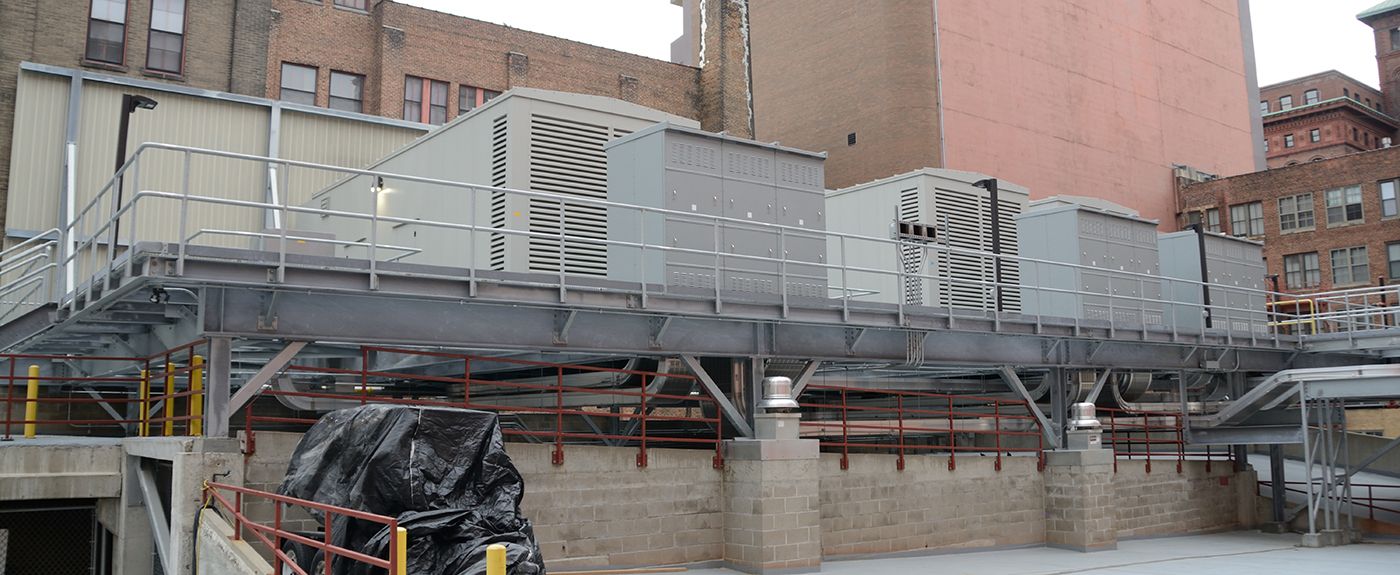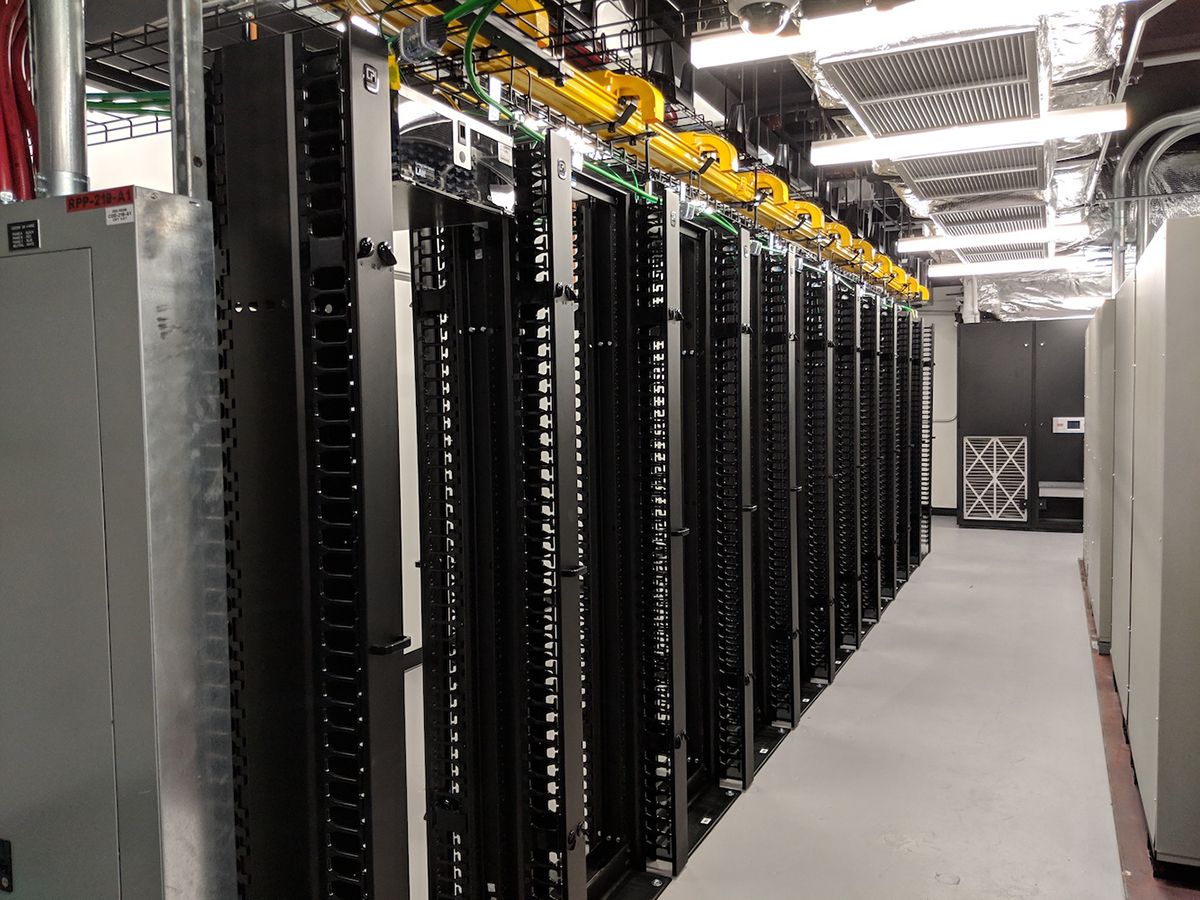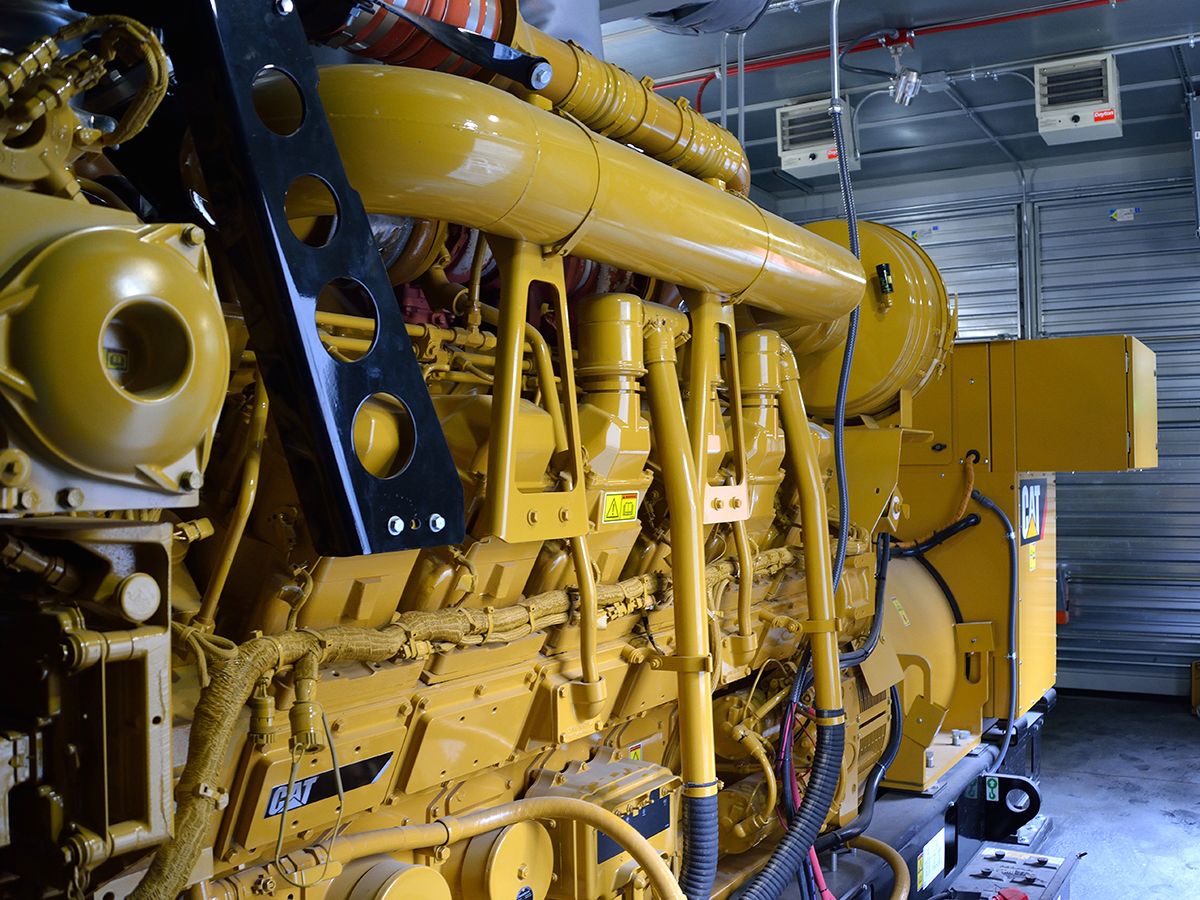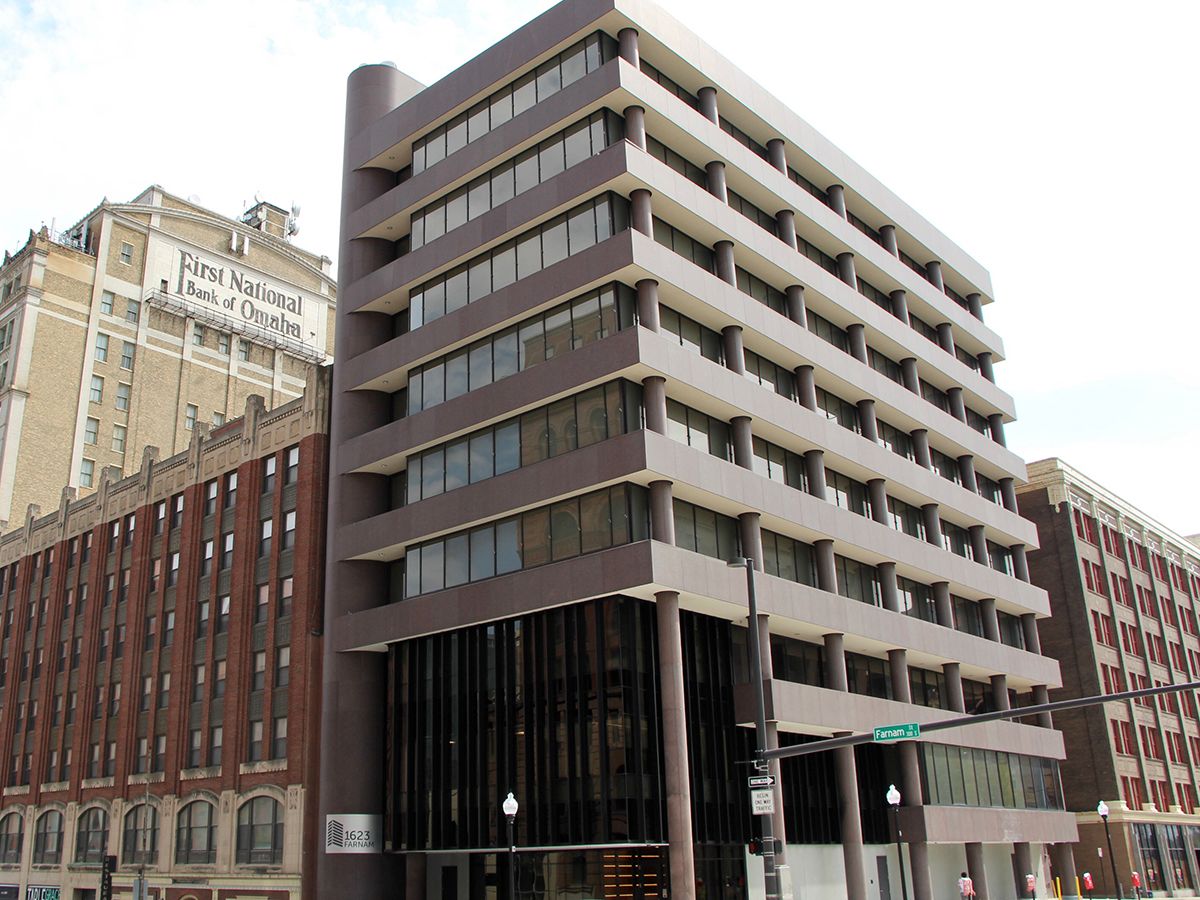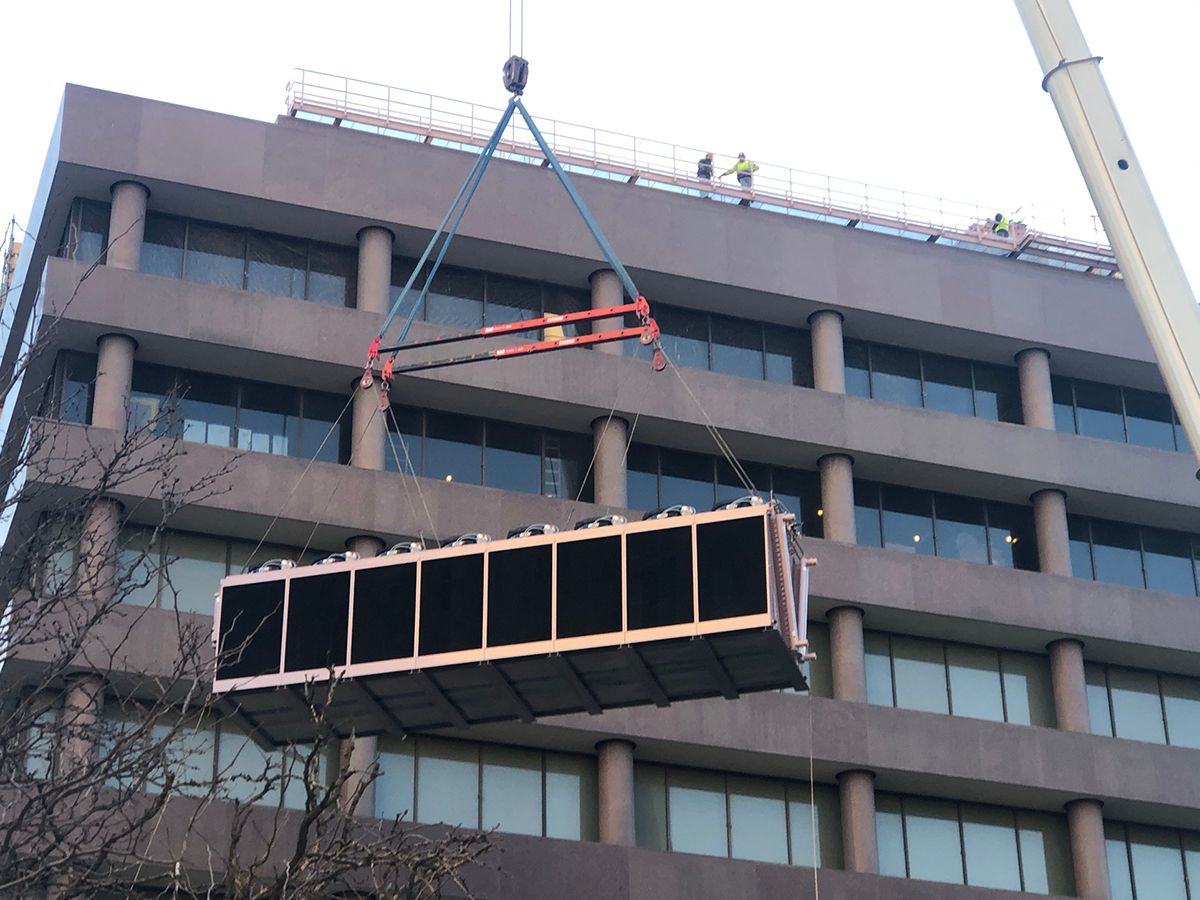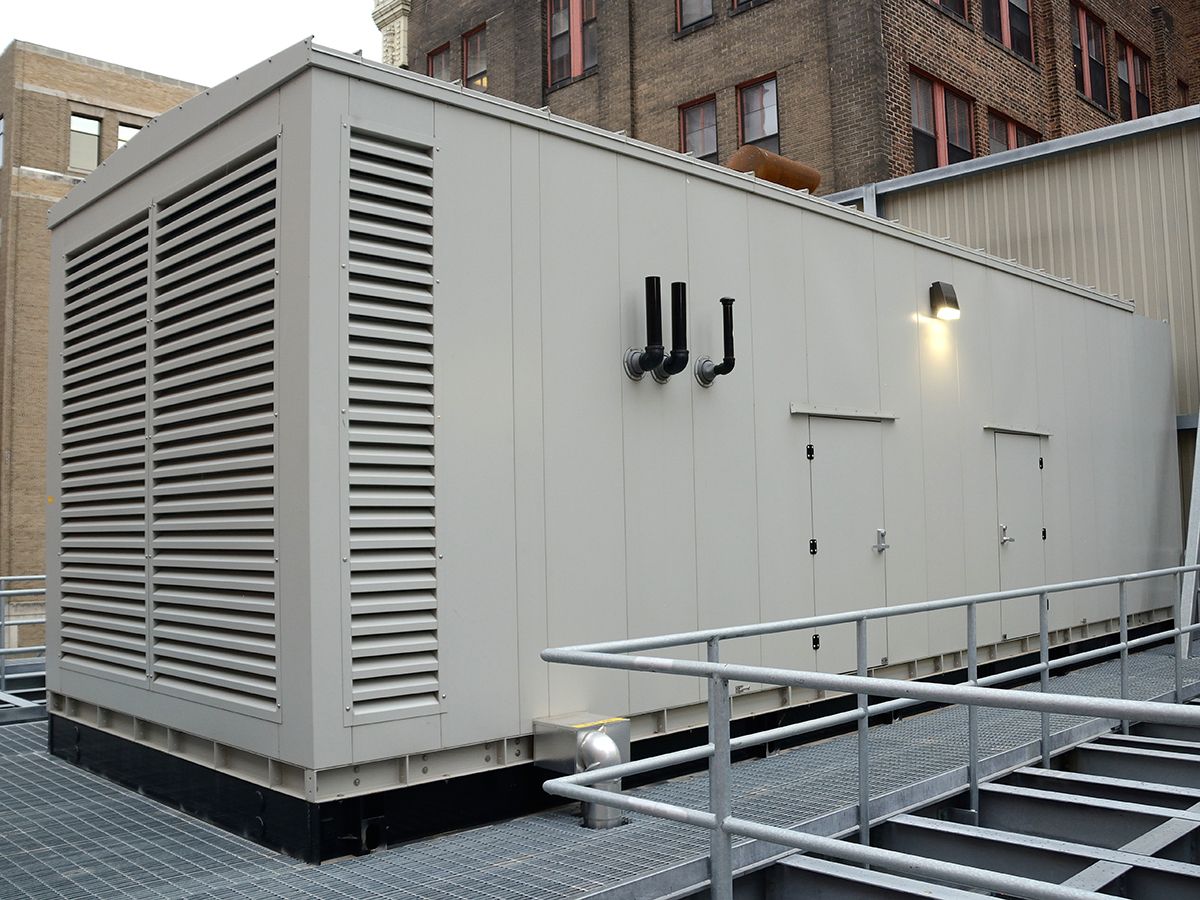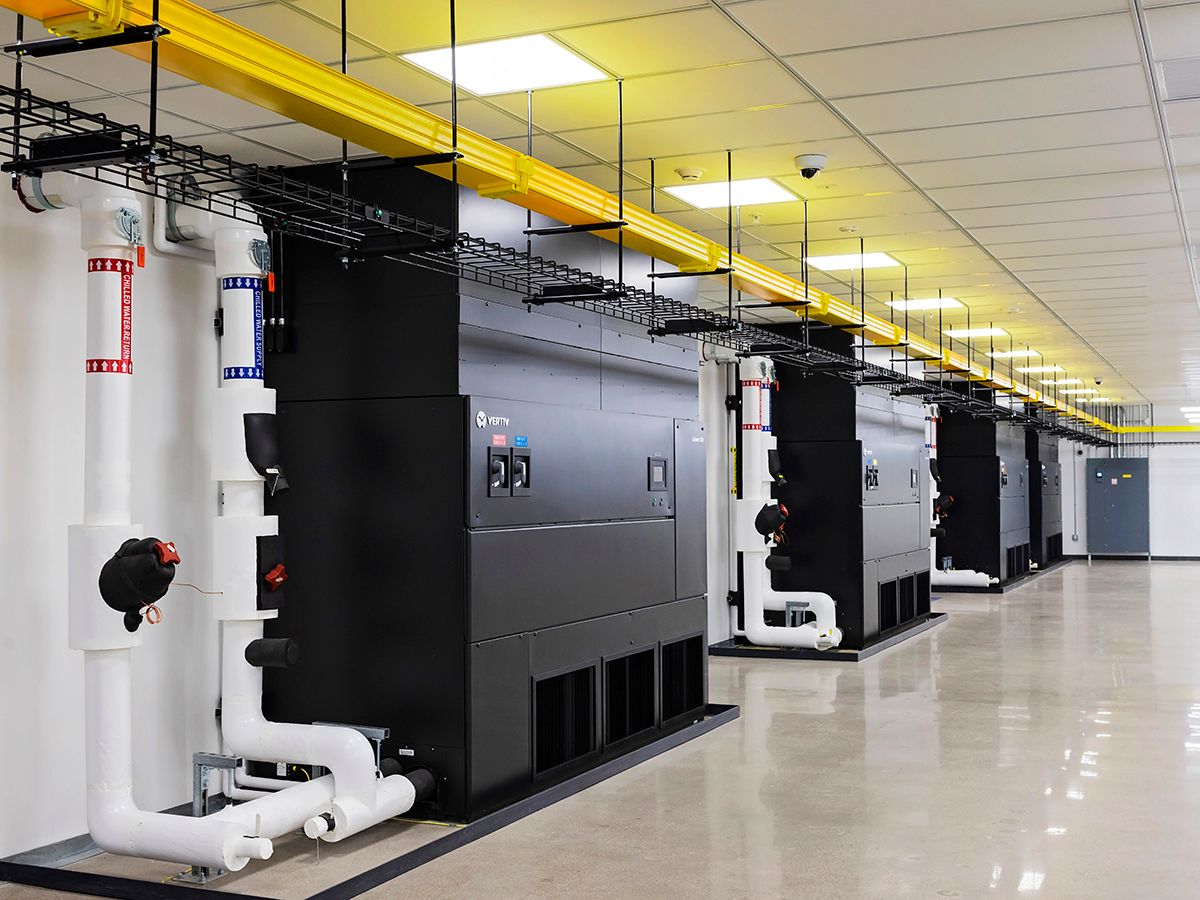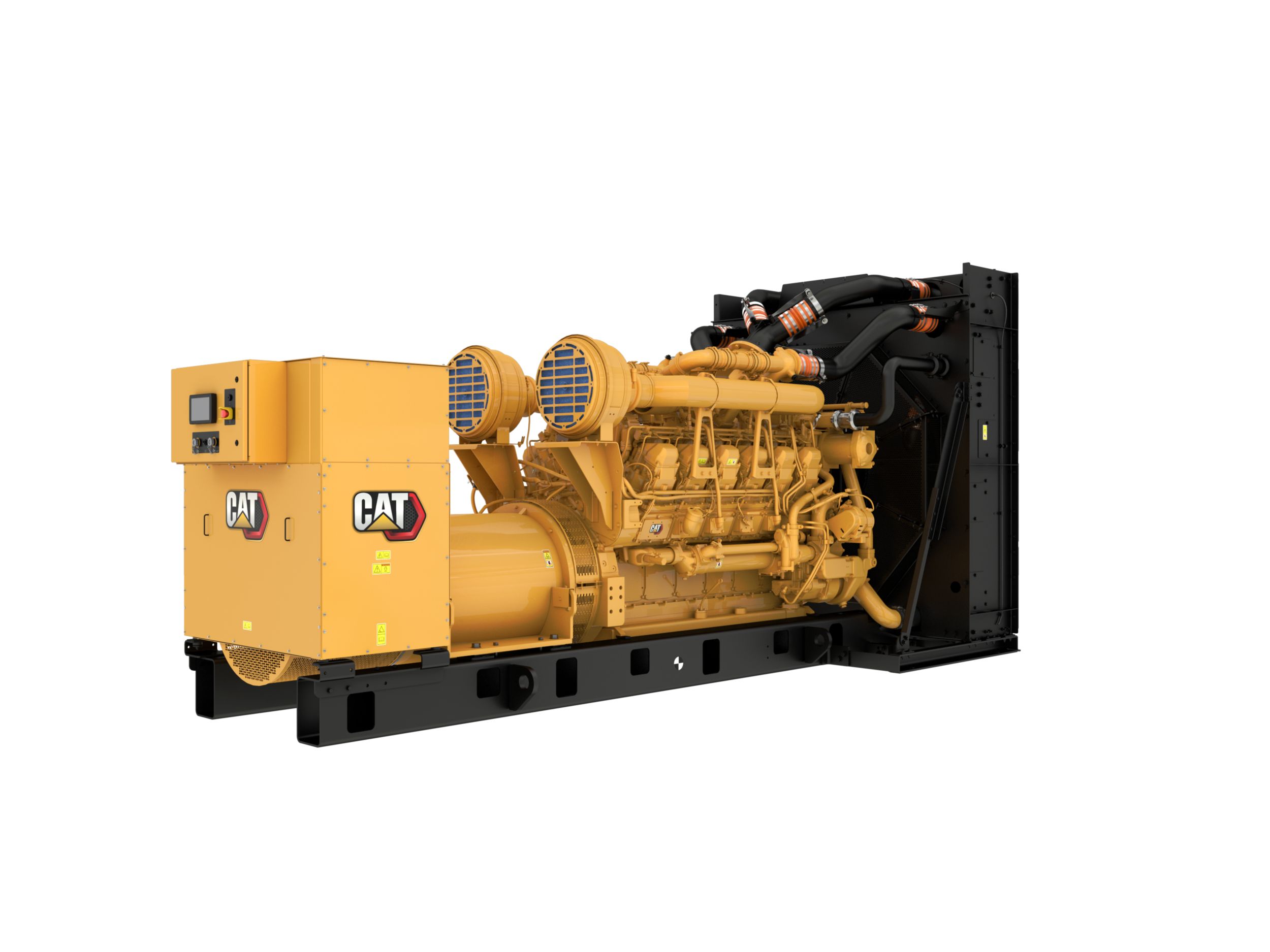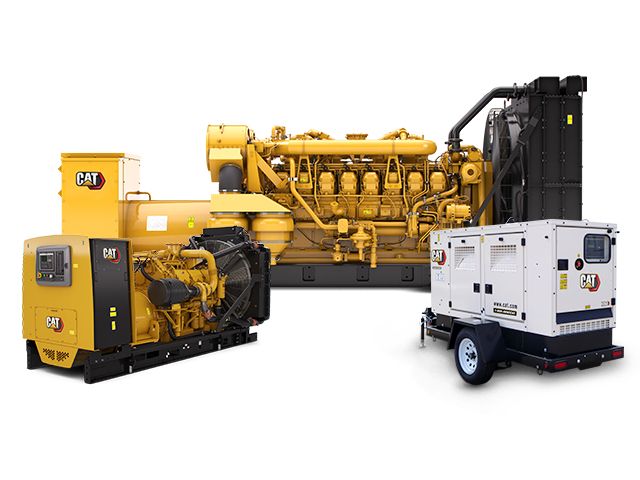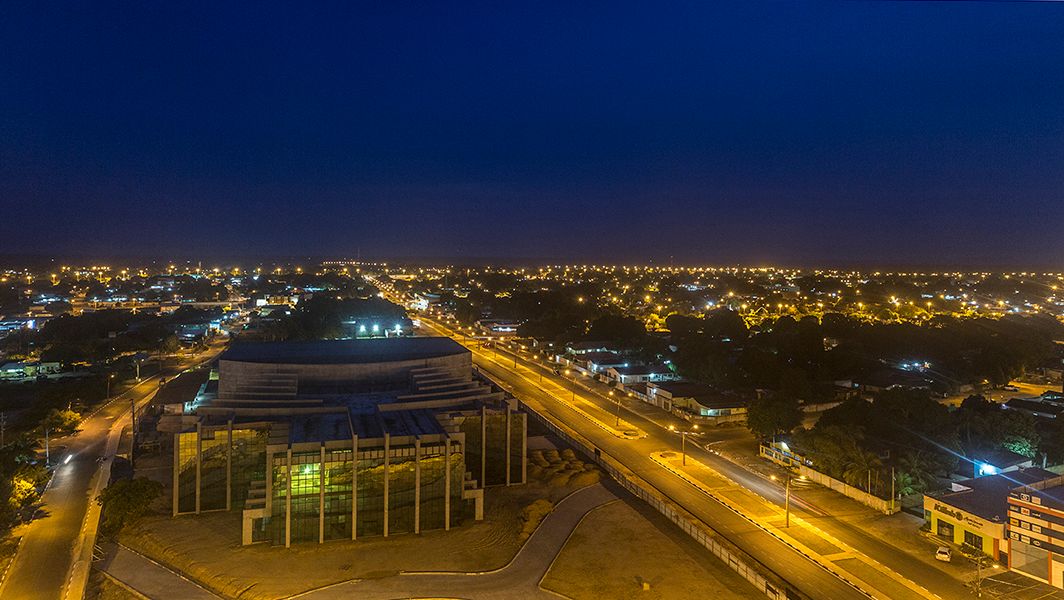If you already have an existing account with another Cat App, you can use the same account to sign in here.
One Account. All of Cat.
If you already have an existing account with another Cat App, you can use the same account to sign in here.
Account Information
Site Settings
Security Settings
Cat 3512C Diesel Gensets Protect Data via Rooftop
Customer: 1623 Farnam
Location: Omaha, Nebraska
Solution: Cat® 3512C diesel gensets (3)
Cat Dealer: Nebraska Machinery Co.








Power Need
As the home of investment icon Warren Buffett and the U.S. Strategic Command, Omaha, Nebraska, is known to many across the country.
Four Fortune 500 headquarters call Omaha home, including: Berkshire Hathaway, Warren Buffett’s multinational holding company; Union Pacific Railroad, the largest U.S. rail network serving 23 Western states; Mutual of Omaha Insurance, which is known for its popular “Wild Kingdom” TV and now web series; and Kiewit Corp., a global construction, engineering and mining company.
But more recently, Omaha is becoming known as a tech hub. Google has two data centers in the Omaha area; a new $600 million facility in Papillion, and one in nearby Council Bluffs, Iowa, which the search giant established in 2007. It recently announced plans to construct another $750 million data center northwest of the city.
“Omaha has grown a lot because of these hyperscale data centers,” says Todd Cushing, an Omaha native who has an extensive background siting data centers. “Anybody that’s doing anything in fintech (financial technology) has a large presence in Omaha. And the reason is it’s the edge—it’s at the center. PayPal has a big campus here, and LinkedIn is in Omaha. So it’s the place to be. There’s a lot of technology companies based in Omaha that people don’t know about.”
As a data center located in the heart of downtown Omaha, 1623 Farnam is the interconnection point for the country’s largest carriers on their east-west and north-south routes. Housed in a former telecommunications hub, the facility named after its street address serves as the center of secure on-ramps to the world’s biggest cloud providers.
Strategically positioned in the heart of the U.S., 1623 Farnam is the leading network edge interconnection point for fiber and wireless network providers, major cloud and CDN companies, content providers, and Fortune 500 enterprises. It supports mission-critical infrastructure and applications with the highest levels of availability, enabling maximum levels of application performance.
As the regional leader in network-neutral, edge interconnection, 1623 Farnam offers access to 50 network companies which have local, regional, national, and international reach. With 75,000 square feet of space, 1623 Farnam is the premier interconnection facility in the central U.S.
“If you’re looking to move fiber or communications or telephone from Chicago to New York to the West Coast, you’re coming through Omaha,” says Cushing, the president of 1623 Farnam. “If you’re looking to go from Dallas or Kansas City up into Minneapolis or Chicago, you’re coming through here. So, it’s a great location and it’s a center pivot for communications to happen. A lot of providers use Omaha or this facility as their hub.”
For example, a popular video streaming company stores their content at 1623 Farnam rather than going back to their own data center. As Cushing explains, data has “gravity,” so it slows down the further it has to travel.
“If you’re looking to do financial transactions, a lot of times the largest retailers in the United States or the world will put some of that information here, so they don’t have to go back to the mothership to go get it,” he says. “So, it’s not just passing data through Omaha to other carriers or picking up one carrier and moving it over to another. But actually, placing content here and having the caching happen is a big part of where the Internet and data centers are going.”
Being from Omaha, Cushing was aware of 1623 Farnam through his IT operations background. He and a private investor group acquired the nine-story facility in 2019. Prior to that, it served as a hub for phone carriers.
“As a real estate broker, I was aware of this facility, and it needed a hug,” he says. “It needed to be redone—it was a mess.”
1623 Farnam was transformed through an infusion of half a million dollars to achieve the necessary certifications, as well as a lot of hard work on the physical infrastructure. As part of a full-scale renovation that took place in 2020-21, the facility was gutted and saw the replacement of all electrical and mechanical systems. The new facility is highly automated and secure.
“There’s a huge sense of pride in what we’ve accomplished as a team,” Cushing says. “We remodeled this facility and installed three generators during COVID in 2020, and it was a very complex buildout. While street protests were happening right outside our door, we had 125 people working in this building every day.”
Originally constructed in 1973 as a bank headquarters, the corner building has a unique exterior design, prompting some to ask if it’s meant to look like a stack of servers.
“It makes people want to dig a little deeper, so that’s an unintended consequence and kind of a fun aspect of this building,” Cushing says.
SOLUTION
Data centers need to be ready and available no matter what happens. Power outages can be caused by extreme weather conditions, grid failures, natural disasters, rolling blackouts, electrical failures, and other unplanned events that can cause a data center’s power to be interrupted. All businesses expect data centers to have uninterrupted power 24/7.
Unplanned outages can lead to costly downtime, which, in the case of a data center, can have a major financial impact and damage its reputation. The average cost of a data center outage is astronomical and grows from year to year. A study by Gartner calculated the average loss at more than $740,000, with the cost measured in lost revenue and productivity.
In a highly choreographed exercise, several streets were cordoned off in downtown Omaha in September 2020, as three Cat® 3512C diesel generators were lifted by a crane and placed atop a parking structure located behind 1623 Farnam. A metal support platform mounted atop the parking structure has slots for three more generators. The three gensets provide 4.5 MW of power, combined.
Due to its urban location, the generators are surrounded by apartments and condominiums, which means the noise level when the generators are running can’t exceed 65 decibels (dB) at the property line. By comparison, garbage trucks in a downtown environment register almost 100 dB.
“We’ve had neighbors call us, and they have apps on their phones that can measure the noise level, and I’ve never had anybody that could show me that we were getting close to being higher than we should be,” Cushing says. “So we’re a good neighbor.”
RESULTS
With experience working in data centers since age 16, Cushing eventually took charge of operations at First Data Resource, and later became a broker for the data center group at CB Richard Ellis.
“Globally, I only used Cat generators because I always had a good experience with them working through the Cat dealer network,” he says.
“The Cat 3512C was our choice because of the weight and the size of the genset for the installation we had to do,” Cushing says. “We looked at other models, but this particular model works best for the level of sound we had to manage. It’s a great backup power source for our building—it’s super reliable and efficient.”
Cushing knew he could count on his Cat dealer, Nebraska Machinery Co., to play their role and ensure the generator lift and installation came off without a hitch.
“Service is only as good as your local support, and sometimes it’s not that way in other markets,” he says. “Nebraska Machinery is a big dealer, and they know how to site generators in a downtown environment. They’re used to getting into tight spots and delivering them onto third-story roofs.
“They aren’t intimidated by delivering that much oil or that many filters and consumables into an unusual environment. And they’ll work with you. We call, and they respond. If you have a concern or question, they get back to you, and they work with you as a partnership. Things come up sometimes where we don’t know or they don’t know, and we work together to figure out a solution.”
For ongoing maintenance, 1623 Farnam has a Customer Value Agreement (CVA) through its Cat dealer. CVAs feature individualized solutions for parts, services, and digital enablers designed to address evolving needs throughout an asset’s lifecycle.
“It’s really important for us to be able to have technicians from Nebraska Machinery come out and maintain our generators,” Cushing says. “They know the right filters we need. They know what specific hoses are required, and they keep a watchful eye for any leaks that might develop, or any kind of maintenance that’s needed.
“They know our facility, and they know us. So they’re a really good vendor and partner. Super top-shelf is what I’d say, right there with the Cat brand.”
Featured Products
-
- Standby Rating
- 1500 ekW
- 1500 ekW
- Prime Power Rating
- 1360 ekW
- 1360 ekW
- Emissions/Fuel Strategy
- U.S. EPA Certified
- U.S. EPA Certified
3512C (60 Hz)
Producing reliable power from 1230 to 1500 ekW at 60 Hz, our 3512C diesel generator sets are made to meet your mission critical, continuous, standby and prime applications. We've designed each to ISO 8528-5 transient response requirements and to accept 100% rated load in one step. Generator sets are U.S. EPA Certified for Stationary Emergency Use Only (Tier 2 Nonroad Equivalent Emission Standards)
Learn More

